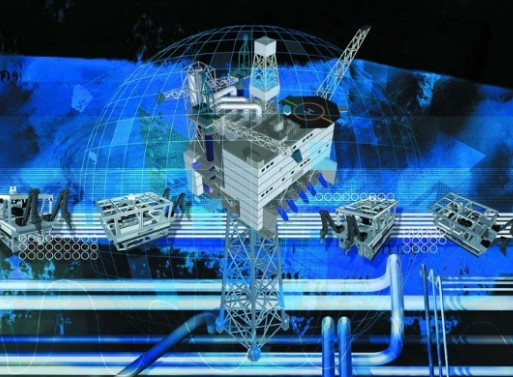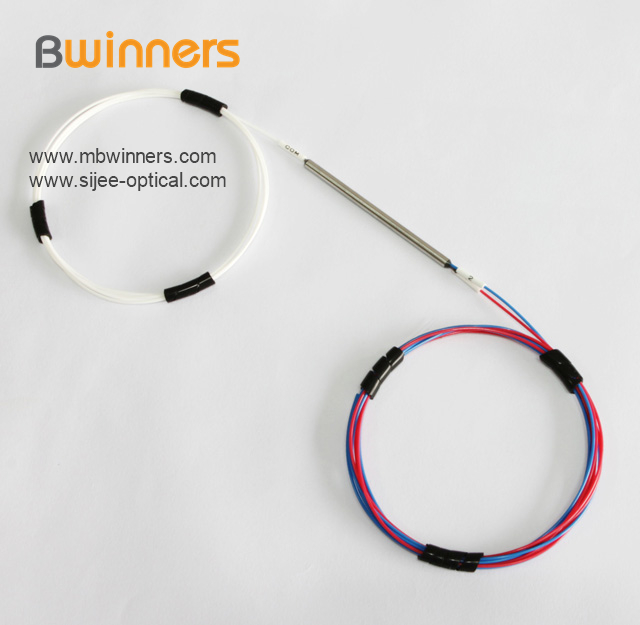Modern industrial control systems include process control, data acquisition system (sCaDa), distributed control system (DCB), program logic control (PLC and other control systems, etc. In the process of modern industrial development, it must be towards intelligent production equipment, The development of production process automation, only the realization of smart industry can ensure that the coordination and cooperation between multiple fields in the production and even the entire life cycle of the product is fully intelligent, helping the perfect transformation of production enterprises "smart manufacturing".
Vigorous development of industrial intelligence is strongly supported by national policies. The need for industrial transformation needs to push the wheels of industrial control to the direction of "smart manufacturing". During the "Tenth Five-Year Plan" period, the state focused on the use of informatization to drive industrialization. There are three areas of focus: one is to focus on the application of electronic information technology to improve the level of traditional industrial production process automation, control intelligence and management informatization; Focus on the application of manufacturing technology, promote high-quality and efficient production in the manufacturing sector, and revitalize the equipment manufacturing industry; third, transform and upgrade the key technologies, common technologies and related supporting technology levels, processes and equipment levels of key industries.

Industrial control system intelligence promotes smart factory
The intelligent factory is a new concept proposed by some countries after the realization of soft and highly automated production. Its conceptual advantage is to promote the intelligentization of industrial production, thereby realizing a science-fiction-like industrial production model. Industrial production systems and processes, the realization of networked distributed production facilities, production logistics management, human-machine interaction, the use of new technologies, and the use of embedded sensors to monitor relevant environmental parameters and production all require the support of intelligent equipment.
One of the important development directions of industrial control systems is the "smart factory", focusing on the research of intelligent production systems and processes, as well as the realization of networked distributed production facilities. The new concept of "Industry 4.0" proposed by German experts mainly studies the evolution of connected factories and related aspects. The integration of product development, logistics, and production will be achieved through material flow, product flow, and information flow, thereby building a highly complex and extremely efficient global production operation. In this way, a production line can be connected with suppliers and consumer information, so as to dynamically adjust the production process according to consumer needs, and adjust the raw materials delivered accordingly.
With the improvement of automation and information-based equipment base to industrial processes involving manufacturing, engineering, material use and supply chain, and life cycle management, modern factory factories seem to have begun to use a new and intelligent way to produce products.
I believe that the future production plants will be much smarter. This intelligence will be achieved through the use of miniaturized processors, storage devices, sensors and transmitters, which will be embedded in almost all conceivable machines, unprocessed products, materials, types of smart tools and the data used to organize data streams New software. All these innovations will enable products and machines to communicate with each other and exchange commands. In other words, factories in the future will be able to optimize and control their manufacturing processes to a great extent. Although there is still a long way to go before this, it will not affect the future trend of intelligentization at all.
The Internet of Things promotes the intelligentization of industrial control systems
The requirements for large data volume and high-speed transmission such as images and voice signals have spawned the combination of Ethernet and control networks, and the wave of networking has brought together emerging technologies such as embedded technology, multi-standard industrial control network interconnection, and wireless technology. Come in, thus expanding the development space of industrial control and bringing new development opportunities. At present, the development and application of a variety of new information technologies, including industrial control informatization, triple play, Internet of Things, and cloud computing, are rapidly promoting industrial control intelligence.
According to the current development trend of the Internet of Things, it is expected that billions of devices will be connected together in 2020. According to research by the authoritative electronics industry research institute IMS Research, this first originated in the first wave of computers and laptops, followed by the second wave of smartphones and connected consumer devices. The third wave also includes these devices, but will greatly improve the connection between machines. This involves concepts such as factory integration, which is to achieve connectivity between all things and generate a lot of data. Vendors are investigating various methods to convert these data into actionable information. The system must be able to manage all the data and be smart enough to use these data to improve plant efficiency without human operation or less human operation.
The Internet of Things is a bridge between virtual and intelligent manufacturing. As a result, in the future industrial production, management, and operation, information collection, information transmission, information processing, and comprehensive utilization of information will be realized on the IoT integration platform through the information infrastructure.
The arrival of the first three industrial revolutions created mechanical, electrical and information technology. Today, the Internet of Things promotes the intelligent development of industrial control and also announces the arrival of the fourth industrial revolution, Industry 4.0.
Manufacturing Future-Industry 4.0
After the invention of the steam engine, mass production and automation, the "Industry 4.0" era began to be mentioned. The arrival of the first three industrial revolutions created mechanical, electrical and information technology. Today, the Internet of Things and intelligent manufacturing are proclaiming the arrival of the fourth industrial revolution, Industry 4.0. Intelligent manufacturing, networking and integrated chemical plants are gradually supporting this trend. Industry 4.0 has great potential, and the road to Industry 4.0 will be a revolutionary development. Existing technology will have to change and innovate in order to adapt to new needs in the manufacturing industry.
FBT (fused biconical taper) is the traditional technology in which two fibers are placed closely together, typically twisted around each other and fused together by applying heat while the assembly is being elongated and tapered. A signal source controls the desired coupling ratio. The fused fibers are protected by a glass substrate and then protected by a stainless steel tube, typically 3 mm diameter by 54 mm long. FBT Splitter is widely accepted and used in passive optical networks.
Advantages:
The product is well-known and is easy to produce, thus reducing the cost of production.
Splitter ratios can be customized.
Can work on three different operating bands (850nm, 131 Onm, and 1550nm).
We provide the whole series of 1xN and 2xN splitter products that are tailored for specific applications. fiber optic splitter plc, fiber optic cable splitter, optical splitter , Mini Type PLC Splitter, Cassette Type PLC Splitter, Insertion Module PLC are available.


FBT Splitter
FBT Splitter,Fbt Splitter Coupler,FBT Fiber Splitter,FBT coupler
Sijee Optical Communication Technology Co.,Ltd , https://www.sijee-optical.com
![<?echo $_SERVER['SERVER_NAME'];?>](/template/twentyseventeen/skin/images/header.jpg)